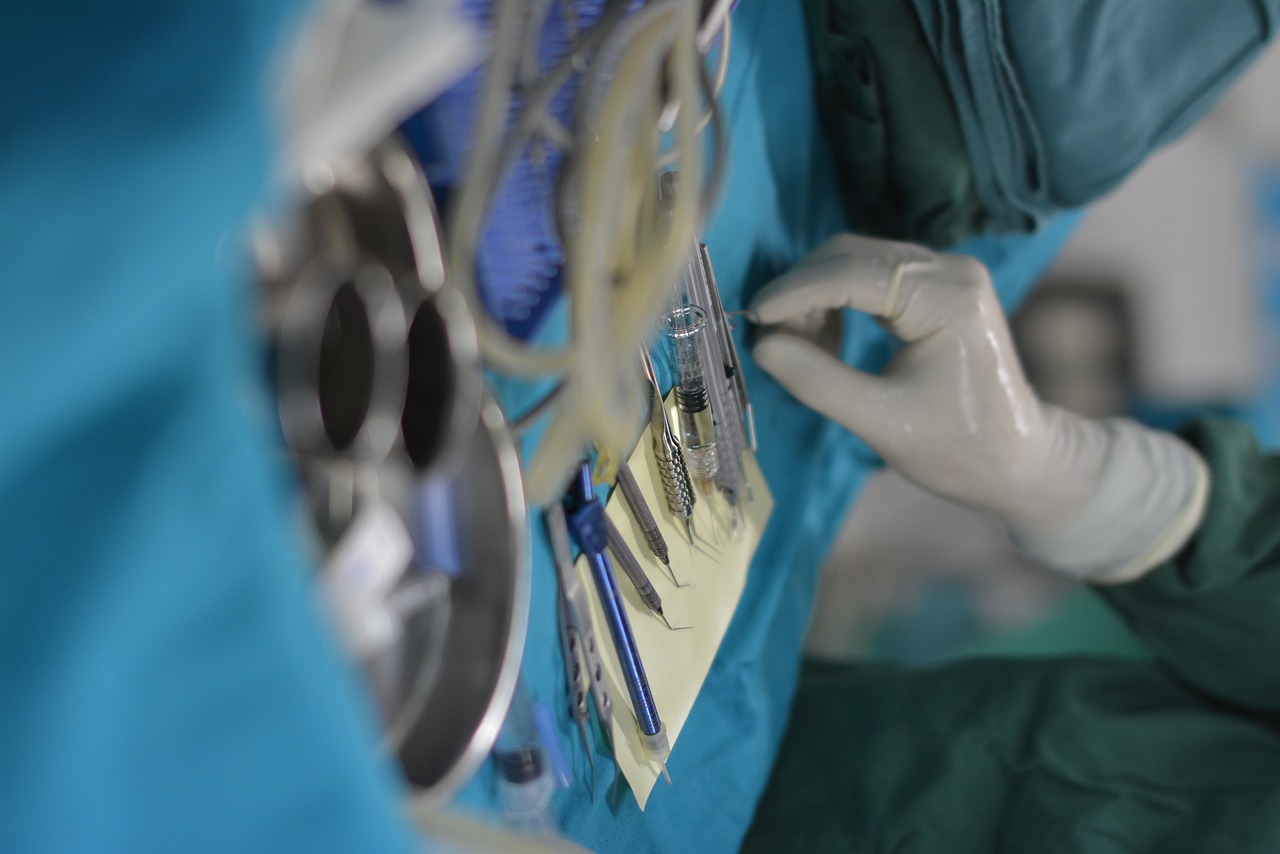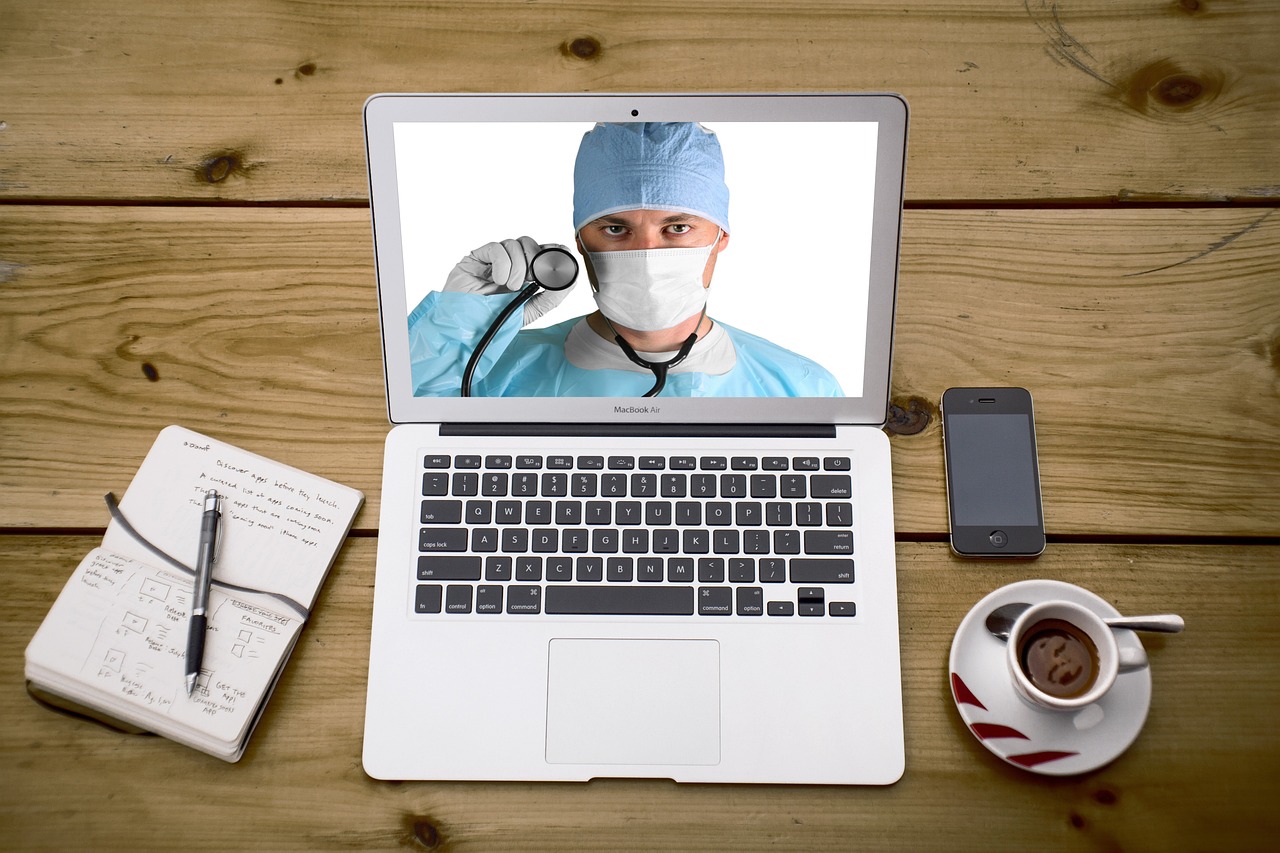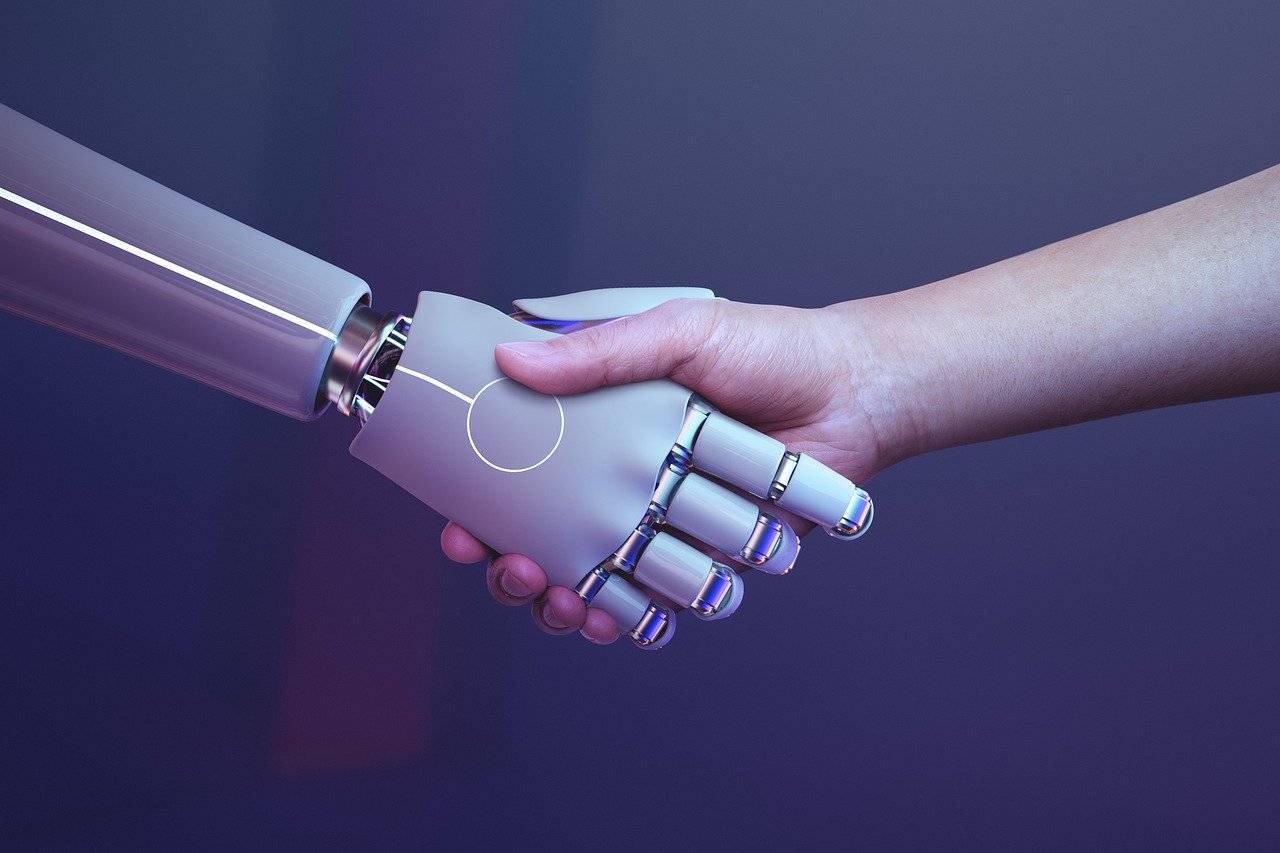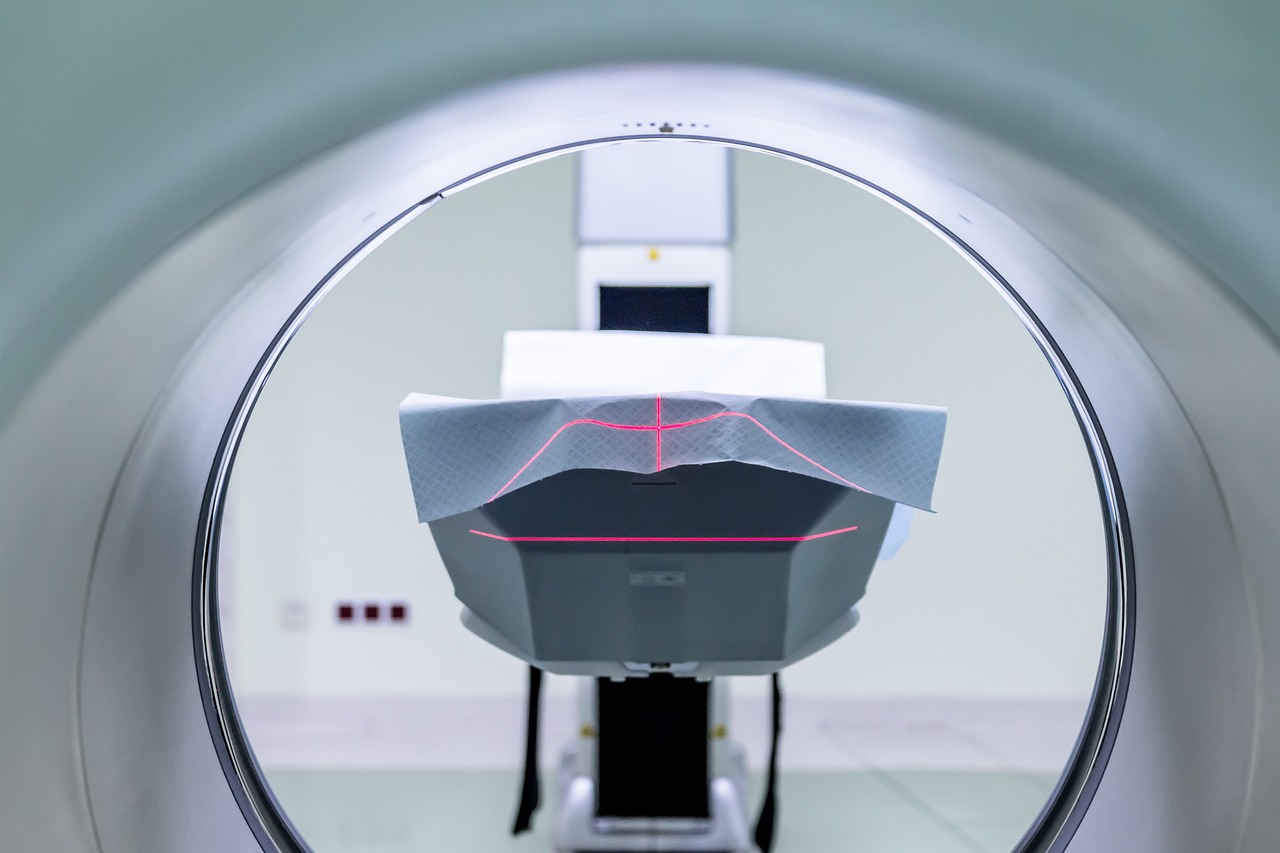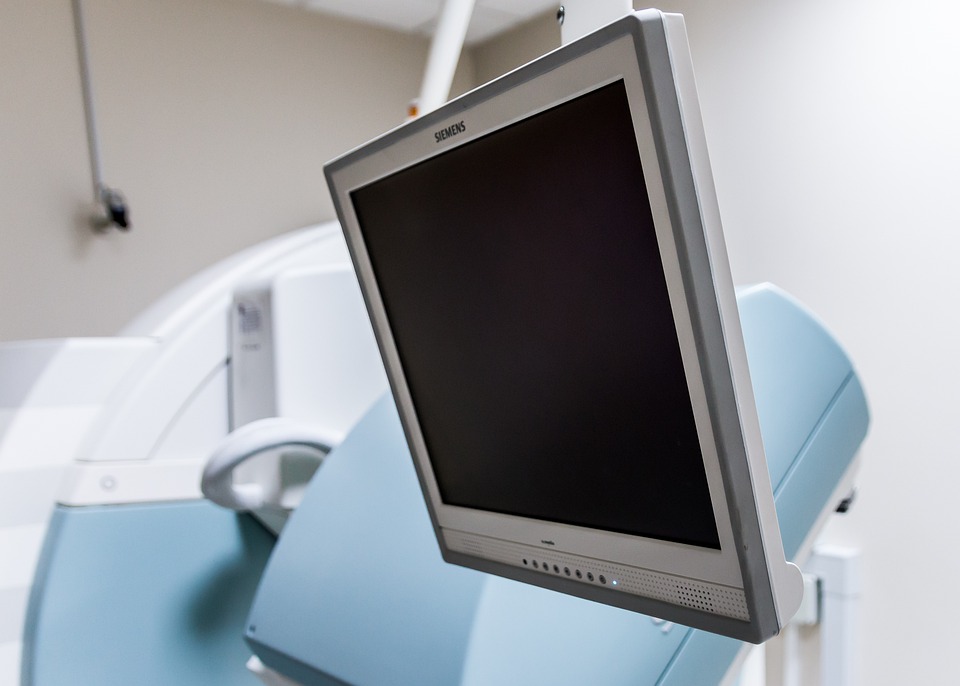Technology is shrinking at a rather rapid rate. As a result, more and more advancements are taking place at the cellular, molecular and atomic level — at the nanoscale. With scientific understanding growing, it is becoming possible to engineer the smallest devices and applications to help in a variety of fields. One of the fields that is likely to benefit greatly from nanotechnology is medicine.
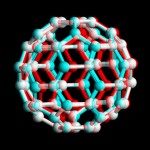 Nanotechnology is especially important to medicine because the medical field deals with things on the smallest of levels. Additionally, the small nano devices that are being developed right now can enter the body and look around in ways that large humans can only dream of. Here are 25 ways that nanotechnology is revolutionizing medicine:
Nanotechnology is especially important to medicine because the medical field deals with things on the smallest of levels. Additionally, the small nano devices that are being developed right now can enter the body and look around in ways that large humans can only dream of. Here are 25 ways that nanotechnology is revolutionizing medicine:
-
Nanobots: These devices have great potential for medical uses. These smallest of robots could be used to perform a number of functions inside the body, and out. They could even be programmed to build other nanobots, increasing cost efficiency.
-
Nanocomputers: In order to direct nanobots in their work, special computers will need to be built. Efforts to create nanocomputers, as well as the movement toward quantum computing, are likely to continue to provide new processes and possibilities for the science of medicine.
-
Cell repair: Damage to the cells of the body can be very difficult to repair. Cells are so incredibly small. But nanotechnology could provide a way to get around this. Small nanobots or other devices could be used to manipulate molecules and atoms on an individual level, repairing cells.
-
Cancer treatment: There are hopes that the use of nanotechnology could help in cancer treatment. This is because the small, specialized functions of some nano devices could be directed more precisely at cancer cells. Current technology damages the healthy cells surrounding cancer cells, as well as destroying the undesirables. With nanotechnology, it is possible that cancer cells could be targeted and destroyed with almost no damage to surrounding healthy tissue.
-
Aging: Nano devices could be used to erase some of the signs of aging. Already, laser technology can reduce the appearance of age lines, spots and wrinkles. With the help of powerful nanotechnology, it is possible that these signs could be done away with completely.
-
Heart disease: There is a possibility that nanobots could perform a number of heart related functions in the body. The repair of damaged heart tissue is only one possibility. Another option is to use nano devices to clean out arteries, helping unclog those that have buildup due to cholesterol and other problems.
-
Implanting devices: Instead of implanting devices as we have seen in some cases, it might be possible to send a nanobot to build the necessary structures inside the body,
-
Virtual reality: Doctors could explore the body more readily with the help of a nanobot injection. Creating a virtual reality that would help medical professionals and others learn could help make some operations more “real” and provide practice ahead of time.
-
Gene therapy: Nanotechnology would be small enough to enter the body and even redesign the genome. This would be a way to alter a number of conditions and diseases. However, the human genome would need to be understood a little better for truly advanced gene therapy. However, nanobots would be qualified for swapping abnormal genes with normal genes and performing other functions.
-
Drug delivery: Systems that automate drug delivery can help increase the consistency associated with providing medication to those who need it. Drug delivery systems can be regulated using nanotechnology to ensure that certain types of medications are released at the proper time, and without the human error that comes with forgetting to take something.
-
Nanotweezers: These devices are designed to manipulate nanostructures. These can be used to move nano devices around in the body, or position them prior to insertion. Nanotweezers are usually constructed using nanotubes.
-
Stem cells: Nanotechnology can actually help adult stem cells morph into the types of cells that are actually needed. Studies showing how nanotubes can help adult stem cells turn into function neurons in brain damaged rats.
-
Bone repair: It is possible to accelerate bone repair using nanotechnology. Nanoparticles made up of different chemical compositions can help knit bones back together, and can even help in some cases of spinal cord injury.
-
Imaging: Nanotechnology can provide advancements in medical imaging by allowing a very specific and intimate peek into the body. Nano devices result in molecular imaging that can lead to better diagnosis of a variety of diseases and conditions.
-
Diabetes: Instead of having to draw blood to test blood sugar level, nanotechnology is providing a way for diabetics to use lenses to check their blood sugar. These nanocomposite contact lenses actually change color to indicate blood sugar level.
-
Surgery: We already have robotic surgeons in some cases, but nanosurgery is possible using some lasers, as well as nano devices that can be programmed to perform some surgical functions. Being able to perform surgery at the smallest level can have a number of benefits for long term medicine.
-
Seizures: There are nanochips being developed to help control seizures. These chips are meant to analyze brain signals, and then do what is needed to adjust the brain so that epilepsy could be better controlled.
-
Sensory feedback: For those who have lost feeling in their body, it is possible to use nanotechnology to increase sensory feedback. Nanochips provide the opportunity for electrical impulses to be intercepted and interpreted.
-
Limb control: Prosthetics continue to advance, and nanotechnology is likely to help revolutionize the way paralysis is handled. There are some attempts to use nanochips that can help those who have lost limb control use their minds to send signals to provide a certain amount of motion.
-
Medical monitoring: You might be able to increase your ability to monitor your own body systems with the help of nanotechnology. Small nanochips implanted in your body could monitor your health and systems, and then send you feedback to your computer or other device.
-
Medical records: In addition to monitoring your own body systems, nanotech can be used to send information to your health care providers, and increase the efficiency of electronic medical records.
-
Disease prevention: Having a nano device in your body could actually help prevent diseases. With proper programming, it should be possible to help you avoid some diseases, repairing problems before they become serious issues. They may even be able to help prevent chronic diseases.
-
Prenatal: There are a number of ways that nanotechnology can help in terms of prenatal diagnosis. Being able to get inside the uterus and even inside the fetus without causing trauma can be beneficial to prenatal health, and nanotechnology can also help potentially repair problems in the womb.
-
Individual medicine: Nanotechnology is moving toward making medicine more personal. Being able to accurately work up your genome can help health providers more precisely pinpoint the proper treatments and tweak a treatment plan according to your individual needs and responses.
-
Research: Nanotechnology is advancing medical research, providing the tools that can help us learn more about the body and how it functions, as well as providing insight into chemistry and physics, which provide the building blocks for the body.
Tagged as: Medicine, nanomedicine, Nanotechnology, Science and Technology, technology
Did you enjoy this article?

